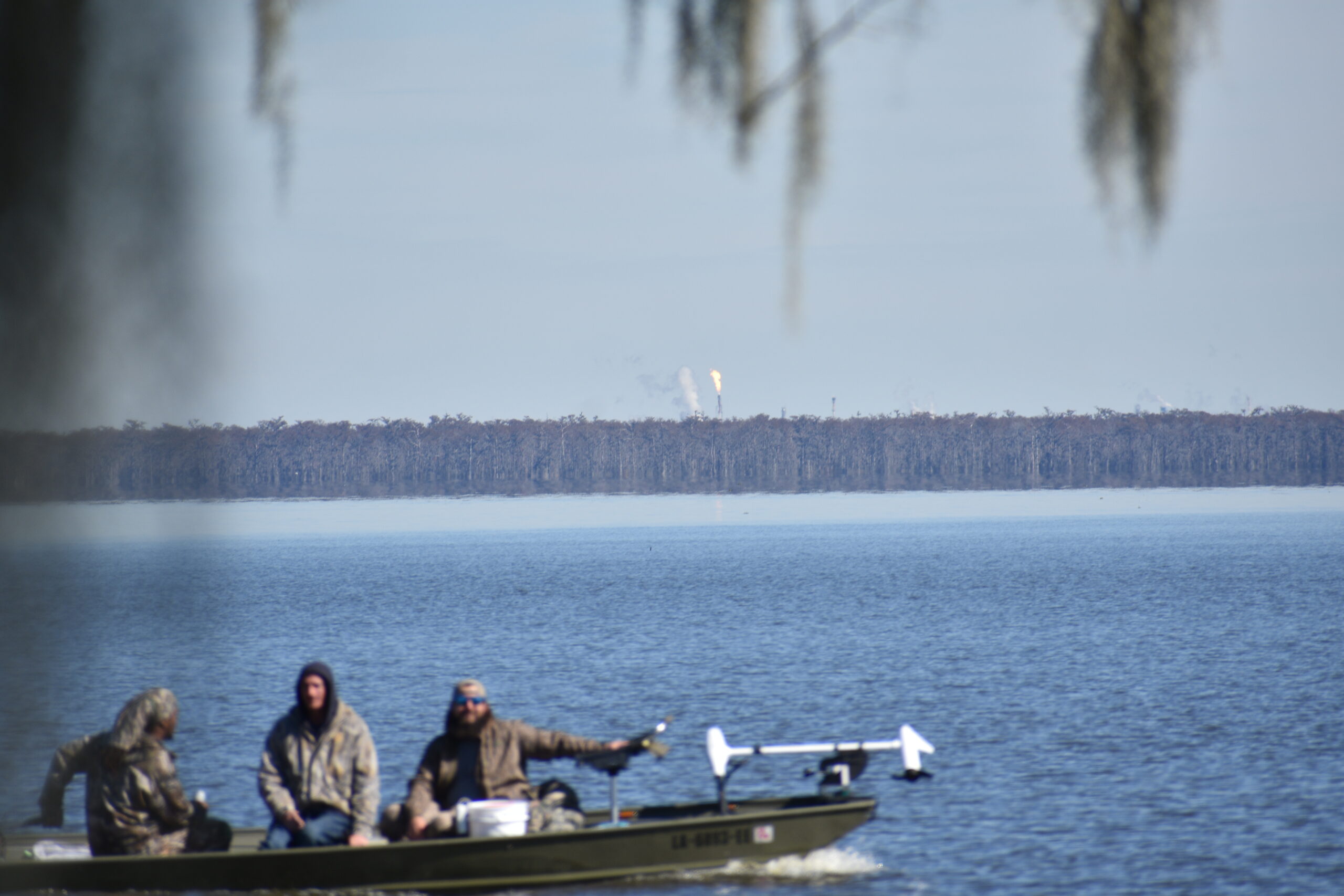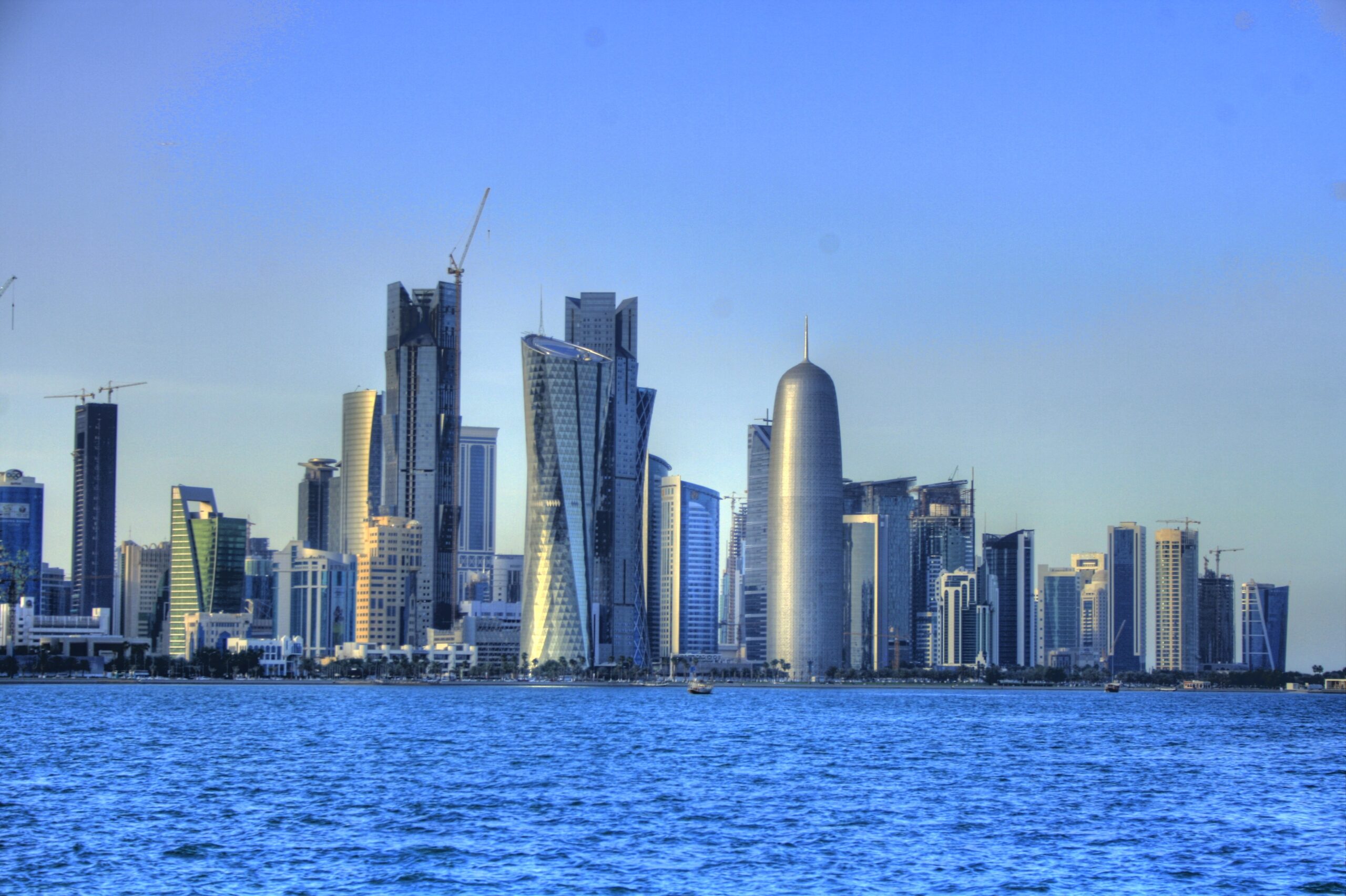FERC gives greenlight to two Texas LNG projects
Federal regulators dismissed environmental justice and climate concerns related to two large, proposed southern Texas LNG terminals.

The U.S. government has issued a key approval for two controversial south Texas LNG projects, while dealing a setback to a proposed LNG project in Louisiana.
On April 20, the Federal Energy Regulatory Commission (FERC), a powerful federal agency that regulates gas pipelines and export terminals, reauthorized the construction of the Rio Grande LNG and Texas LNG projects. Both terminals would be built adjacent to one another at the Port of Brownsville in Texas, and would export shale gas abroad. Gas Outlook previously reported on how the projects would impact unique coastal areas in the southernmost part of the state.
FERC had previously given the greenlight to the LNG projects, along with the associated Rio Bravo gas pipeline that would feed gas to the terminals. But in 2021, a federal court ruled that FERC had not adequately considered climate and environmental justice impacts from the projects. The latest FERC decision reaffirms its previous approval, with some additional analysis.
FERC Chairman Willie Phillips said that the projects’ impacts “would be less than significant.”
Texas LNG has so far had trouble signing up customers, and is widely seen as the further behind of the two proposed LNG projects at the Port of Brownsville. Rio Grande LNG, while delayed, has made steady progress over the past year, signing up buyers to long-term sales and purchase agreements (SPAs), customers that include Portugal’s Galp Energia, Japan’s Itochu Corp and China Gas Holdings.
French oil giant TotalEnergies is thought to be in talks with NextDecade, the project’s sponsor, for a significant 4 million tonnes of LNG per year, a deal large enough that it could potentially push the project over the finish line and into its construction phase, brokerage firm Poten & Partners reported in January. However, NextDecade recently delayed its final investment decision, expecting it by the end of the second quarter instead of the first.
The latest FERC decision “has cleared a major hurdle that opens a clearer path” to reaching FID, according to Natural Gas Intelligence.
NextDecade did not respond to a request for comment from Gas Outlook.
The FERC approval was not unanimous. FERC Commissioner Allison Clements dissented, arguing that the analysis conducted was insufficient, which “creates a lose-lose situation” that will “invite further litigation and further delay for the project sponsors” and “a loss for the potentially impacted communities who haven’t had the chance to comment on the proceedings.”
“More generally, this procedural corner-cutting represents a gobsmacking departure, frankly, from the lessons I took away from the environmental justice roundtable we held just a month ago,” she said, referring to a March meeting FERC hosted with frontline communities that have criticized the agency for its long track record of favouring industry and ignoring the negative local impacts of gas projects.
The FERC Commissioners had pledged to listen to and engage with impacted communities, but the latest approvals fly in the face of those promises, according to environmental groups, who call the decision another example of “rubber stamping” fossil fuel projects.
“We are disappointed, but unfortunately not surprised, that FERC has failed us again by conducting a haphazard review of Texas LNG and Rio Grande LNG and by deciding to move forward with these destructive gas projects that will destroy some of our remaining wildlife habitat, be the biggest polluters in our poor community, and raise energy prices for families across the country,” said Rebekah Hinojosa, Gulf Coast Campaign Representative for Sierra Club.
FERC’s approval of two large gas export terminals came a day before the Biden administration announced a new “energy justice” initiative, one that would tighten up scrutiny of polluting projects in communities already suffering disproportionately from pollution.
Energy analysis firm RBN Energy published a note on April 21 that looked at the challenges in obtaining sufficient financing for LNG projects that can often cost in excess of $10 billion. While a handful of FIDs have been announced over the past year, many other LNG projects are still having trouble securing enough interest and financing. Every little bit of delay adds more costs and uncertainty to an industry that faces long-term questions around the unfolding clean energy transition.
“The commitments sought by U.S.-based sellers and their financiers are at odds with an energy market that has undergone massive change in the last year and whose future is becoming increasingly unpredictable as renewables increase their contribution to Europe’s electricity market and the EU presses for greater investment in hydrogen infrastructure,” RBN Energy analyst Richard Pratt wrote in a note.
“Every FID delay in a U.S.-based project increases uncertainty as to the long-term demand for LNG and, in the meantime, investment in renewables continues uninterrupted,” Pratt wrote. “At the same time, it’s important to note that while financing has slowed the pace of LNG expansions in the U.S., projects are still moving forward, adding export capacity and feedgas demand.”
Meanwhile, in a separate decision, the U.S. Department of Energy rejected the request of Lake Charles LNG, a proposed gas terminal in southwest Louisiana, to extend its deadline for bringing its project online. Lake Charles LNG wanted the deadline pushed back from 2025 to 2028, citing market uncertainty, but FERC declined that request, which means its authorization will expire in two years. If it had been approved, it would have been the project’s second extension, having previously received one several years ago due to the global COVID-19 pandemic.
Lake Charles LNG has not made its final investment decision, and because the terminal will take several years to build, it is unlikely to complete construction before the 2025 deadline, meaning it may now be at an impasse.



